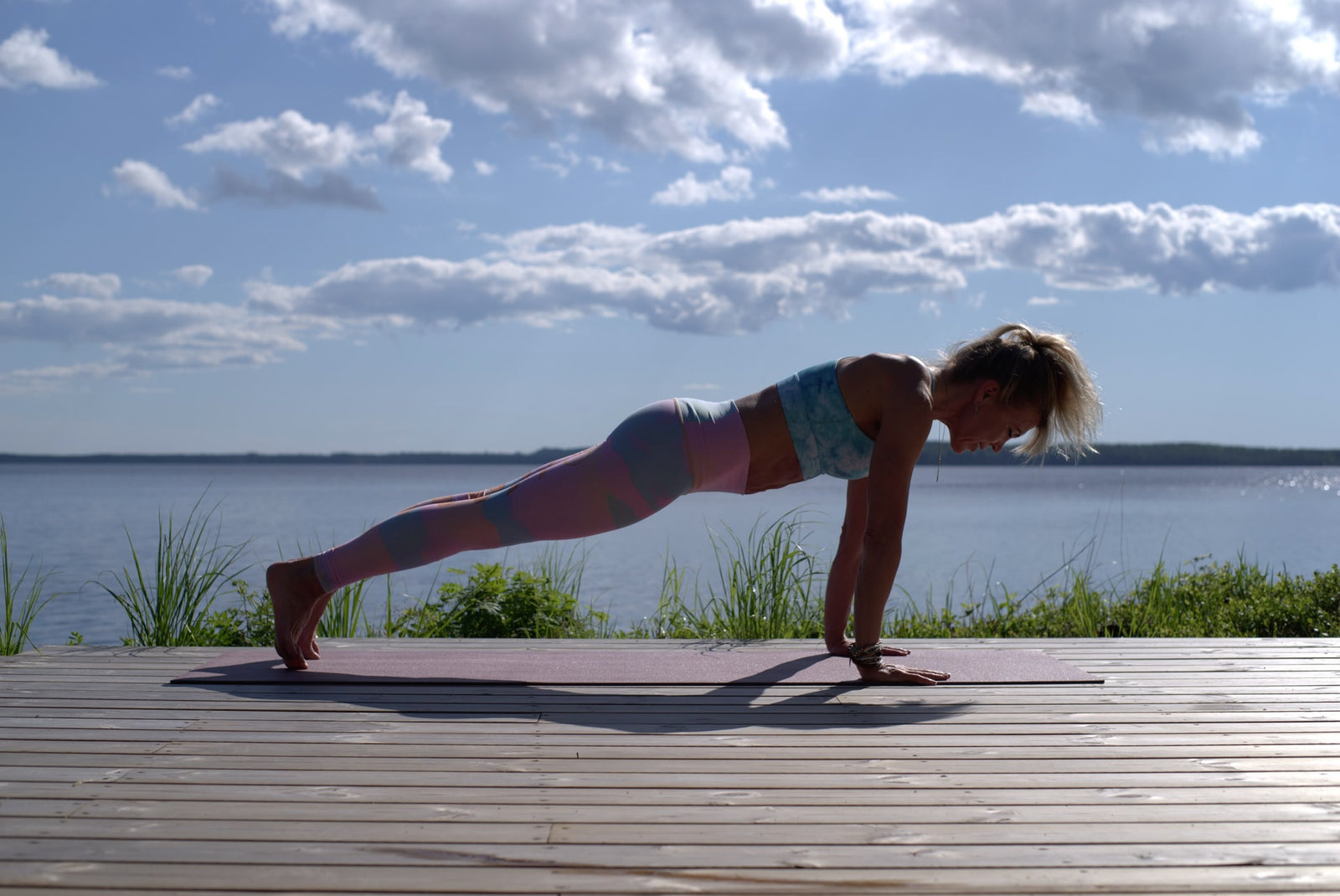Morning rituals are a big thing now. Just google “habits of successful people” and you’ll see waking up early or daily morning activities as part of most online listicles.
But fewer articles cover techniques for relaxing and winding downright before bedtime.
Whether you sleep like a log or experience those occasional bouts of tossing and turning, bedtime relaxation techniques can be useful for achieving a much-deserved snooze.
Here are some of the things you can do at night that can get you better sleep:
Guided visualization and imagery
Imagine your body in its most relaxed state. Engage each and every body part. You can start by telling them one-by-one to relax: forehead relax, eyebrows relax, eyes relax, nose relax, and so on.
Then visualize a scene that makes you calm and relaxed.
Is it the beach? Imagine your immediate environment as vividly as you can - sand in your toes, that saltwater smell, an endless sea of turquoise, cool breeze, the sound of waves coming ashore, you basking in the Maldives sun.
Or you could also try to imagine a ball of yarn. Pull the end of it and watch it unfurl. Imagine yourself being the yarn - slowly unrolling, gently spreading out, decompressing.
Guided visualization and imagery works as it “can shift brain wave activity, and specific images can be learned that promote the brain's movement toward deep, restful sleep,” according to Leslie Davenport, a psychotherapist and author of “Healing and Transformation Through Self-Guided Imagery. [1]
It’s a mind-body technique that helps bridge the conscious with the unconscious mind, leading your entire system towards a positive and relaxed state. It can gently steer you away from your everyday stressors and prepare your mind and body for a good night sleep.
Progressive muscle relaxation
This is a simple yet practical technique that works well because it releases the tension in your body. It requires tensing and releasing your muscles, telling your brain and body the difference between relaxed and strained, anxious states. By focusing on your body, it can take your attention away from stressful thoughts.
You can perform this by taking a full minute to breathe gently at your own pace. Upon your next inhale, tense your toes and feet for 3 to 4 seconds. Then slowly breathe out, relaxing your toes and feet. Do the same process to your lower leg muscles, upper legs, abdomen, lower back, chest, upper back - upwards until you get to your face. Once you’re done, do this to your whole body.
Repeat the whole process three more times.
Breathing exercises
There are various ways of doing breathing exercises.
One is to balance the left and right sides of the brain to calm down the nervous system. To do this, rest your ring finger and thumb on either side of your nose. Take a deep inhale and exhale before pinching your right nostril with your thumb. Breathe in through the left nostril in four seconds. At the top of the breath, pinch your left nostril with the ring finger before exhaling through the now open right nostril. Breathe out in four seconds. Repeat this process until you feel well-relaxed, finishing off with the left nostril.
Another one is a popular yoga breathing technique called 4-7-8. It means breathing in for 4 seconds, holding it for 7 seconds, and exhaling in 8 seconds. A variation of this also includes a “swooshing” sound upon exhale.
Deep breathing exercises are one of the more effective techniques as they help relax your muscles, slow down your heart rate and breathing (especially when you’re starting to feel anxious), and makes you focus on your breath instead of your thoughts.
Counting backward
We’ve always heard about counting sheep if sleep fails us right? But there’s another technique that can help you get a high quality sleep.
Lie down in bed and start counting backward. You may start at 100. The key is to do it slowly - a number per second. Don’t rush.
Phillip Mandel, a hypnotherapist in Beaverton, Oregon, gives a power tip: “The trick is this: If you get lost or forget what number you're on, you need to start over again from 100. Every time you get lost, gently start over. Don't allow yourself to become frustrated, just be gentle with yourself and start back over from 100.” [1]
And because the whole process is both monotonous and hypnotic, he says that counting backward can really be effective in making you feel sleepy.
Mindfulness exercises
Based on certain Buddhist principles, mindfulness exercises help you focus on the “now.” They help you live in the moment, accept the things for what they are, and be grateful. It’s highly popular (especially in Silicon Valley) because they are simple, practical and straightforward.

Mindfulness exercises can include the following:
- Breathing exercises - some of them have been mentioned earlier. But the easiest way is to watch how your body breathes, bringing awareness to it. You can also imagine the air coming in and out of your nostrils. Or with the air coming from distant places, you embracing it gently within your system, before blowing it out to a distance far away. Watch how your chest rises and falls at each breath. Feel your body lightly sinking into the bed with every movement.
- Body scan, which essentially requires you to bring awareness to each part of your body and how you feel. The key is to focus on the tensing and relaxing of your body parts, and not being too hard on yourself when your mind suddenly wanders. Let thoughts come in but don’t focus on them. Instead, bring your attention back to your body and push through with the process.
Several people have also downloaded apps such as The Mindfulness App, Headspace and Calm to guide them through the whole exercise.
Conclusion
There are various relaxation techniques available to help you get your much deserved high quality sleep. The key is to go through the process gently, with the ultimate goal of taking your attention away from thoughts and into a more relaxed state.
Bonus
Beyond relaxation techniques, there are more tips and rituals to getting a much better sleep from Dreams: [2]

And if you're stressed or feeling overwhelmed right now, here's a bonus video on sleep hypnosis for calming an overactive mind:
Sources
[1] https://www.huffpost.com/entry/visualizations-sleep_b_860560
[2] https://www.dreams.co.uk/sleep-matters-club/sleep-relaxation-techniques/








